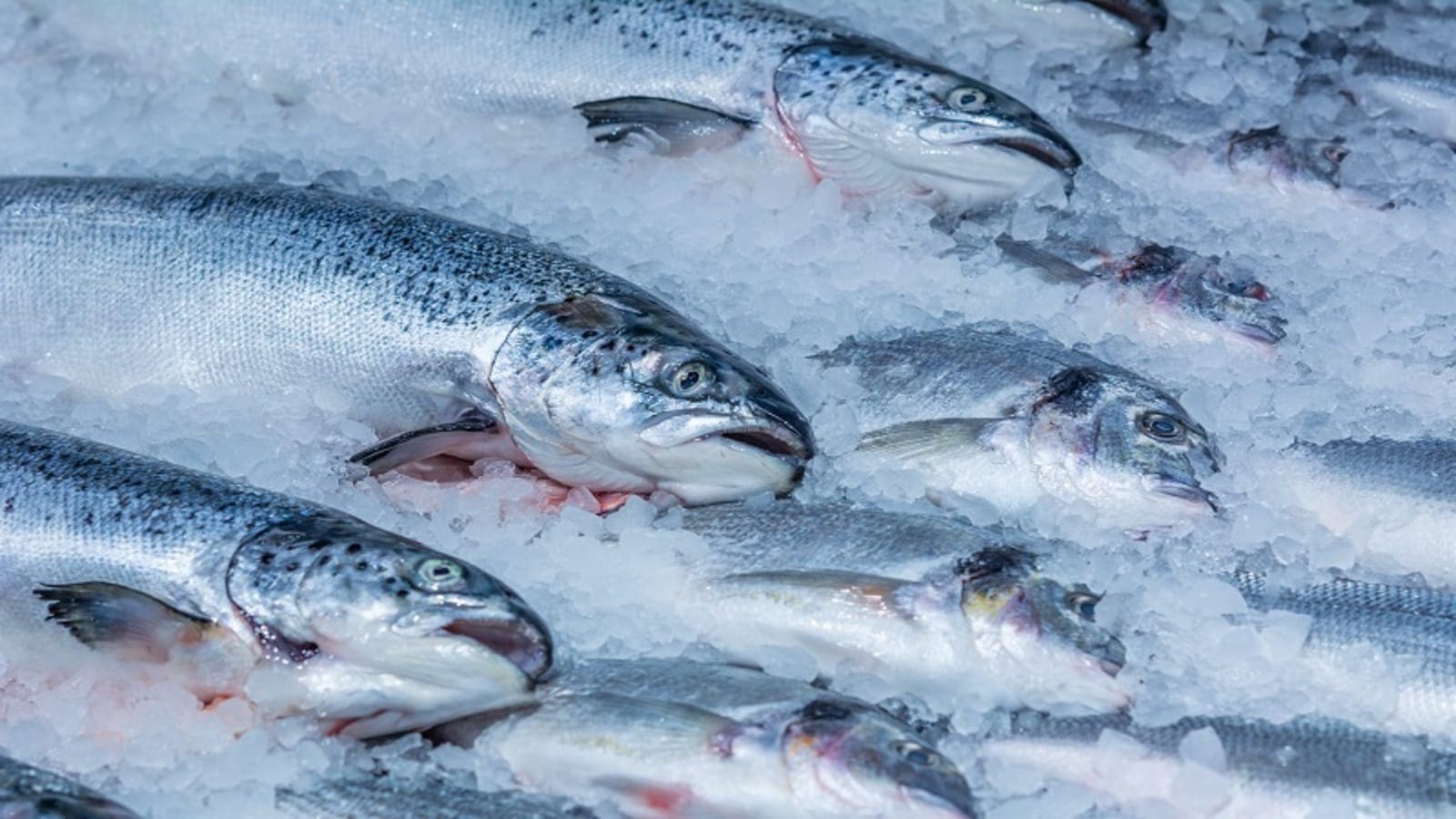NAMIBIA – The value of fish exports from Namibia dropped by US$6.7 million or 1.2% in 2022 to N$7.8 billion from N$7.9 billion (US$530M) recorded in 2021, a report from Simonis storm has revealed.
The report further indicated that for the month of November, the value of fish exports increased by 12.2% year-on-year compared to 22.4% year-on-year in October 2022.
The slight decline in exports is attributed to the end fishing year of hake fish because the hake sector has the highest value and thus the biggest impact on export figures.
Namibia’s waters harbor about 21 species that are commercialized, however, hake and horse mackerel are most abundant in terms of volume.
The country’s waters are rich in aquatic export options such as lobsters, crabs, oysters, octopus, tuna, sharks and swordfish.
Namibian hake fish is mostly exported to Europe while the second largest sub-sector, horse mackerel, is exported to the neighbouring African countries.
According to experts, Namibian oysters are of high quality with the ability to grow to market size within a short span of time, approximately half the time it takes oysters from other parts of the world.
Fish exports generally account for 12.5% of the country’s total exports as of 2022 and 5.7% of the total gross domestic product (GDP), making the industry a crucial export earner for Namibia.
Unlike other nations whose fishing industries also have a huge impact on the national economy, Namibia’s fisheries did not originate nor are they dominated by small-scale subsistence fisheries.
The county’s marine resources have historically been exploited by foreign players with foreign companies dominating the fish industry.
The government of Namibia has, since achieving independence, put in place programs to make the sector more “Namibian” through incentives to increase Namibian participation in marine activities.
This led to a rapid increase of fishing companies in the country leading to overcapacity in onshore processing.
Together with the end of hake season that negatively impacted the country’s export value, other challenges that affect the sector include a shortage of skilled labour, a lack of vessels and the threats posed by proposed phosphate mining at sea.
Potential for growth still exists as Namibia is endowed with a 1570-kilometre of coastline that harbors nutrient-rich waters which in turn attract a lot of fish hence setting the base for the country’s fishing industry to excel.
For all the latest food industry news from Africa and the World, subscribe to our NEWSLETTER, follow us on Twitter and LinkedIn, like us on Facebook and subscribe to our YouTube channel.










